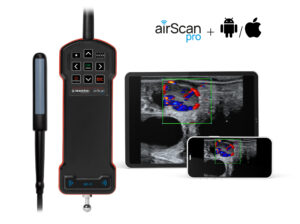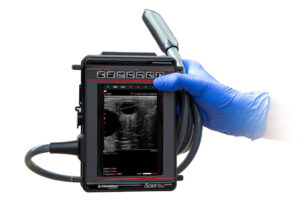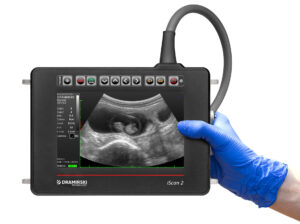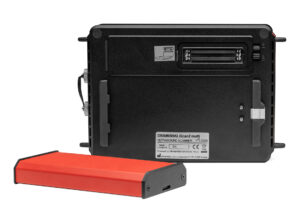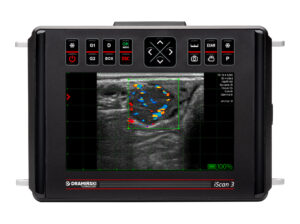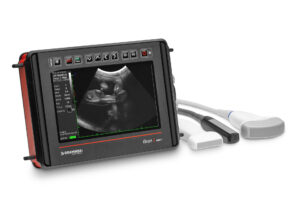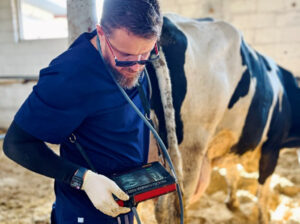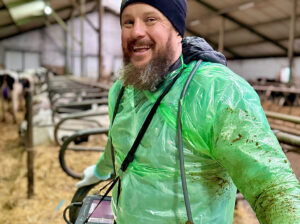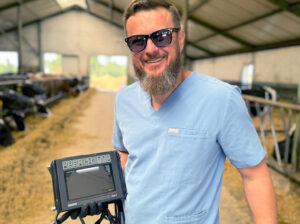What to Consider When Choosing an Ultrasound Machine for Field Work with Cows
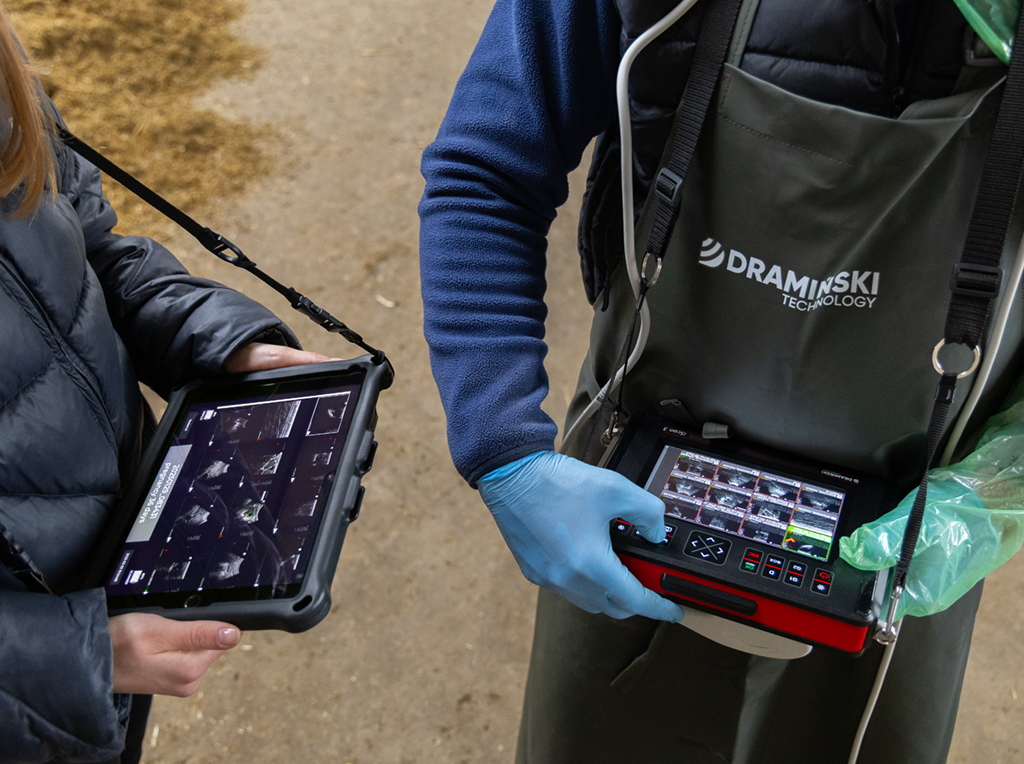
Ultrasonography has become an indispensable tool for veterinarians specializing in cattle reproduction. Choosing the right ultrasound machine for fieldwork is an investment that directly affects diagnostic accuracy, work comfort, and farmer satisfaction. Not every device performs well in barn conditions, so it’s worth keeping several key criteria in mind.
Mobility and durability are essential. Farm conditions are far from sterile, so the equipment needs to be lightweight and compact, making it easy to carry between stalls or farms. It should withstand shocks, moisture, dust, and low temperatures, since examinations often take place in barns, tie-stalls, or deep bedding. Many veterinarians prefer belt- or harness-mounted units, which free up the hands and provide easy access to controls during rectal examinations.
Image quality also plays a crucial role. While bovine examinations don’t demand the same precision as small-animal surgery, a clear, high-contrast image is essential. It allows for accurate assessment of ovarian structures, detection of cysts, follicles, and corpora lutea, precise pregnancy staging, diagnosis of uterine conditions such as pyometra or fluid accumulation, and post-procedural follow-ups. Resolution, probe frequency, imaging depth, and real-time adjustment of imaging parameters all matter.
The type of probe is another important factor. For cattle, the standard tool is a linear rectal probe—long and narrow, designed for transrectal examinations. It should be ergonomic, resistant to damage and fluids, and typically operate in the 5–9 MHz range to balance resolution and penetration. Advanced machines may also support convex probes for transabdominal scans or Doppler probes for blood flow evaluation.
Battery life can make or break the device in the field. Veterinarians often visit multiple farms in a single day, with limited access to electricity. The machine should run for around 4 hours of intensive use, ideally with swappable batteries or the option to recharge via a car cigarette lighter or power bank.
Ease of use and practical features are equally valuable. The device should boot quickly, allow intuitive adjustment of depth and gain, and support saving images and videos to USB drives, or wirelessly via Bluetooth or Wi-Fi. A dedicated pregnancy mode with automatic CRL or BPD measurements can speed up embryo age assessment. Integration with mobile apps or cloud platforms for archiving results, writing case notes, and sharing them with farmers is also a major advantage.
Price, service, and spare parts availability should never be overlooked. Even the best ultrasound machine can break down. Reliable service in your country, fast response times, and access to replacement devices during repairs are crucial. The most expensive model isn’t always the best choice—what matters is the balance between price, functionality, and dependable distributor support.
Finally, the experiences of other veterinarians are invaluable. Ask whether a given model’s screen is readable in sunlight, if the probe is easy to clean, and whether the casing truly holds up against dust and water. Practical user feedback often provides more insight than manufacturer claims.
In summary, a good ultrasound machine for fieldwork with cows should combine durability, portability, clear imaging, a reliable probe, long battery life, and ease of use. It becomes a daily partner for veterinarians—improving diagnostic accuracy, strengthening farmer trust, and offering a competitive edge in veterinary services.
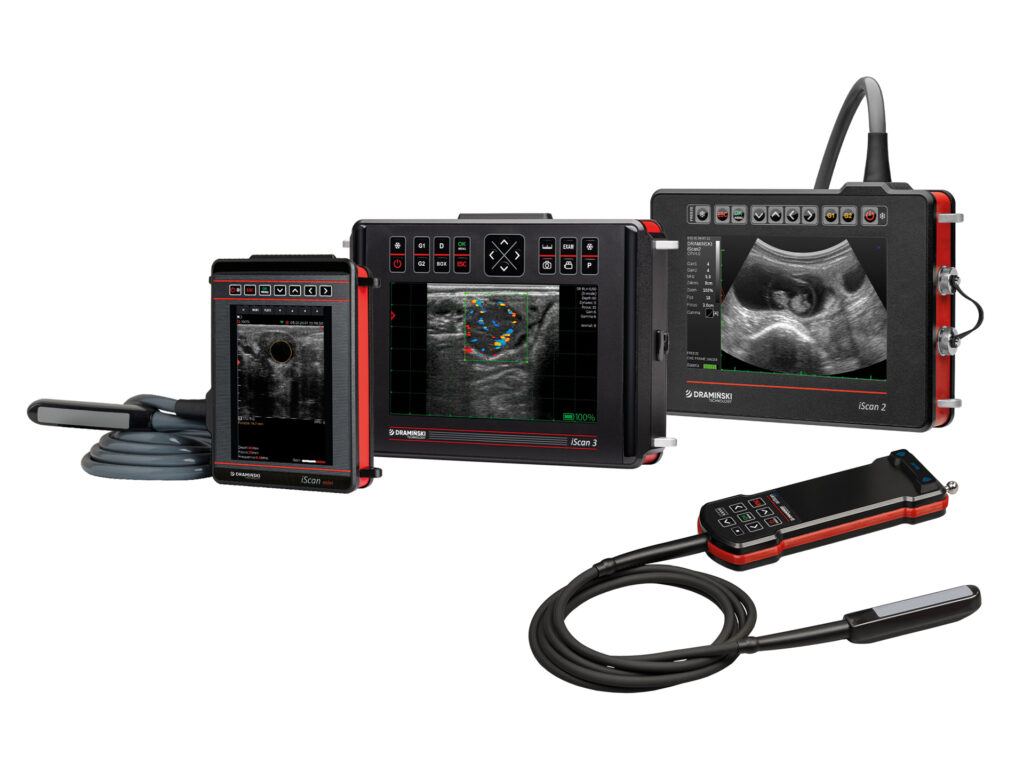

DVM, Michał Barczykowski

